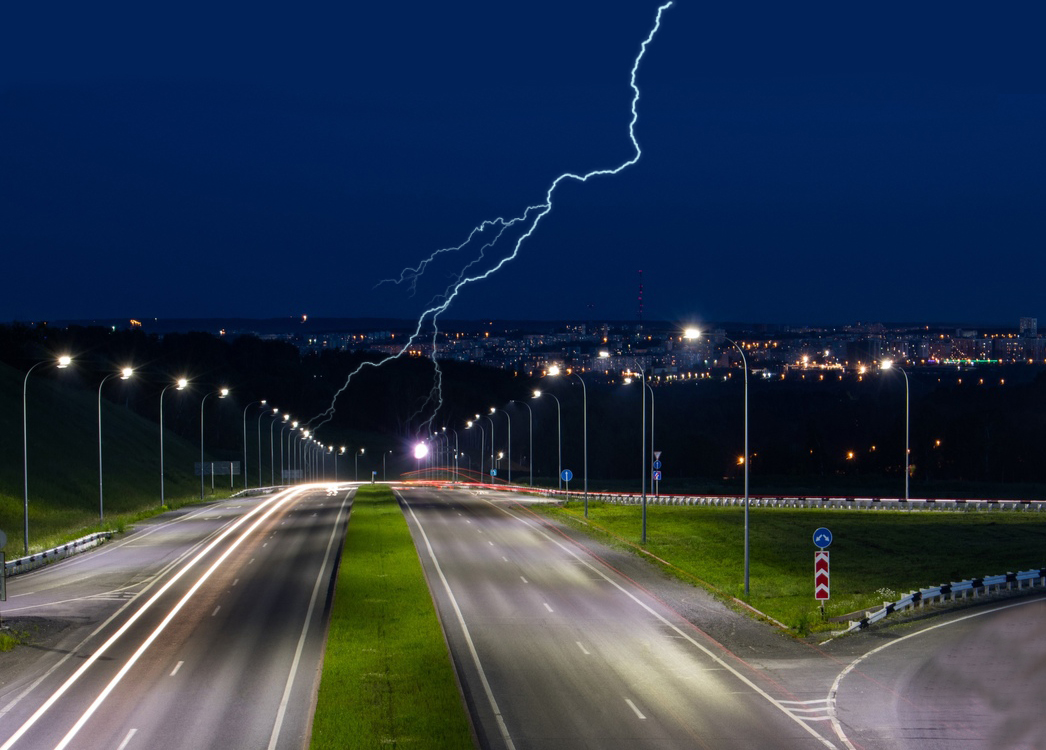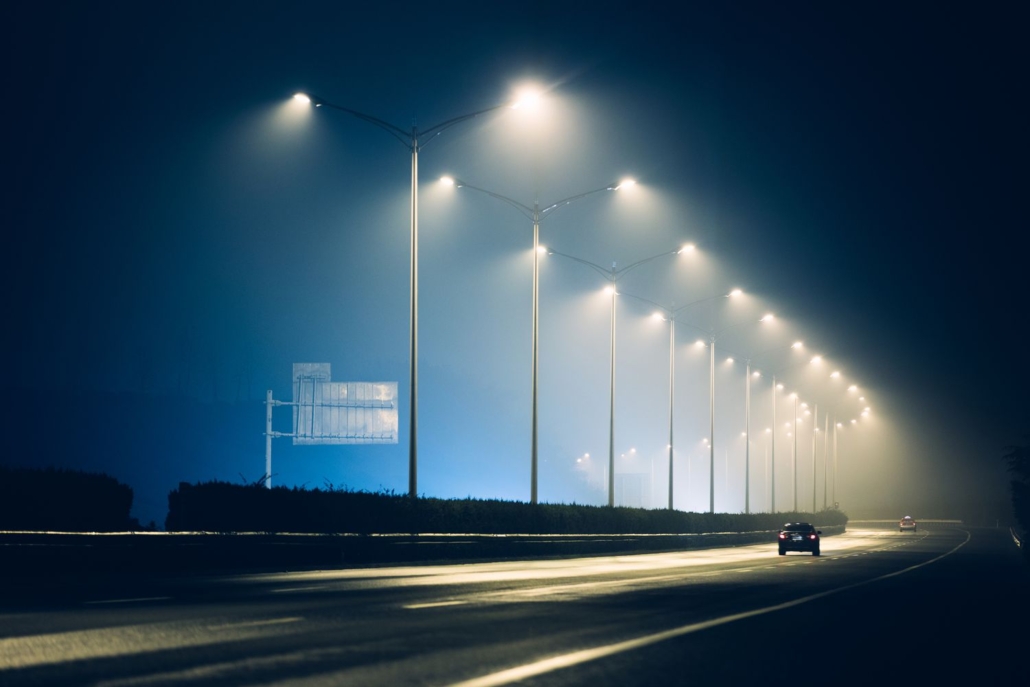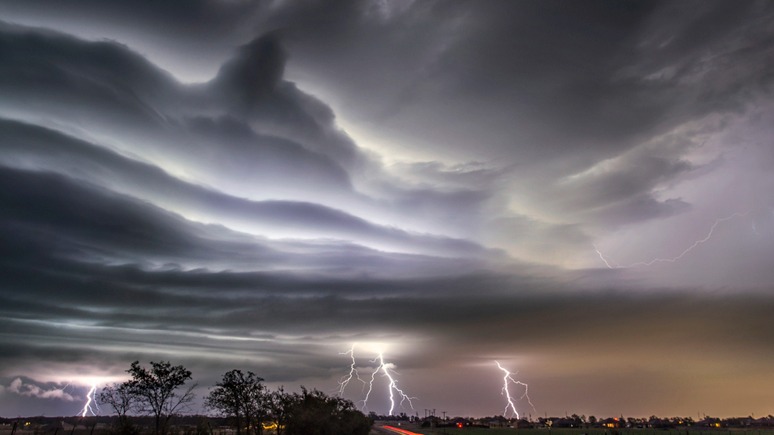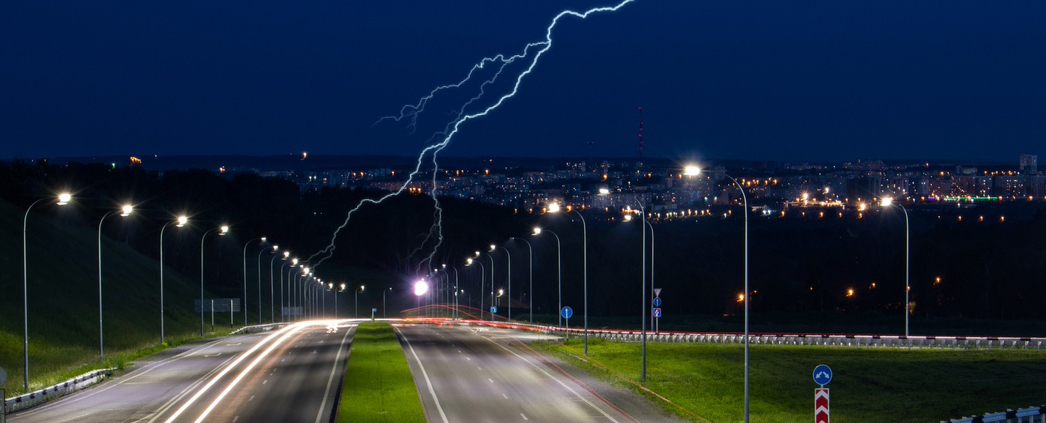The necessity of lightning protection for LED lighting appliances
According to incomplete statistics, the damage and loss caused by lightning strikes are calculated in hundreds of billions of dollars every year in the world. Lightning strikes are divided into direct lightning and indirect lightning. Indirect lightning mainly includes conductive lightning and induction lightning. Because the energy impact brought by direct lightning is very large and the destructive power is extremely strong, the general power supply cannot bear it, so there must be means to avoid disasters.

Generally speaking, lightning protection should be partitioned and multi-level to ensure that the most terminal electrical equipment will not be damaged by surges. Then the particularity of outdoor LED lighting equipment is reflected: they are generally directly controlled by the general distribution box of the area, and a terminal device is directly controlled by the general distribution box of the area. What other actions do we need to do for LED lighting equipment?
1. Nowadays, the exterior of general LED street lamps is made of conductive materials, which itself is equivalent to a lightning rod. The design must be equipped with down conductors and ground nets. These systems constitute an external lightning protection system. This system can avoid fire and personal safety accidents caused by direct lightning strike of LED street lamps. The internal lightning protection system refers to the protection of the equipment inside the street lamp by grounding and setting voltage protection. This system prevents the intrusion of induced lightning and other forms of overvoltage, which can cause damage to the power supply, which cannot be guaranteed by external lightning protection systems. The two are complementary and complementary to each other. In the internal lightning protection system, many devices, such as casings, cables entering and leaving the protected area, and metal pipes, must be connected to the external lightning protection system or installed with overvoltage protectors, and equipotential connections must be made.

2. Completely eliminate the destructive potential difference caused by lightning. Power lines, signal lines, metal pipes, etc. must be equipotentially connected with overvoltage protectors, and local equipotential connections must be made at the interface of each inner protection zone. Each local equipotential junction shall be connected to each other, and finally connected to the main equipotential junction.

3. At present, in addition to the power supply equipment, LED street lights will also be equipped with some communication equipment to control the switch and brightness of the street lights. These equipment and power supplies need to be placed in the lightning protection area, and the protection area is directly shielded by the shell. The electromagnetic field here is much weaker.

4. The function of the lightning protector is to connect the protected system into the equipotential system in the shortest time (nanosecond level), so that each port of the equipment is equipotential. At the same time, the huge pulse energy generated by the lightning strike in the circuit is released to the earth through the short circuit, reducing the potential difference of each interface of the equipment, thereby protecting the equipment. The R&D team of Sinic Light Source believes that the LED street lamp power module must not only be designed in accordance with the above requirements, but also must go through strict inspection procedures.


 Headquarters address: 5th Floor, Ai Mei TeIndustrial zone, Shiyan street. Bao an distric Shenzhen city, Guangdong , China. 518100
Headquarters address: 5th Floor, Ai Mei TeIndustrial zone, Shiyan street. Bao an distric Shenzhen city, Guangdong , China. 518100 Address: 3rd Floor. Lianvu Road 1.SanshaIndustrial Zone, Henglan Town, Zhongshan City,Guangdong,China. 528478
Address: 3rd Floor. Lianvu Road 1.SanshaIndustrial Zone, Henglan Town, Zhongshan City,Guangdong,China. 528478

Leave a Reply
Want to join the discussion?Feel free to contribute!